Technology continues to evolve at an exponential rate, and while many innovations truly improve our daily lives, some just sound too good to be true. The hype surrounding these home tech products may be real, but their practical use often falls short. If you’re considering jumping on the latest tech trend, here’s a look at some innovations that sound impressive but ultimately don’t deliver.
1. Smart Trash Cans
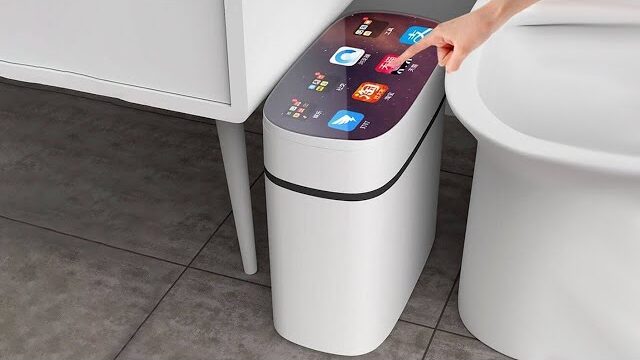
A trash can that automatically opens when you approach and closes when you walk away? It sounds convenient, but in reality, smart trash cans are often more trouble than they’re worth. They tend to require constant recharging, struggle to sense movement reliably, and can be pricey for something that’s essentially a container for your waste. Many models also fail to seal the bag properly, resulting in unpleasant smells or spills, which is a major inconvenience.
Additionally, these cans are often built with bulky, complicated designs that take up more space than a traditional trash can. Their sensors are not always as responsive as advertised, meaning you might end up manually opening it anyway. With many smart trash cans lacking strong durability, they often break down after a short period of time. Ultimately, a simple, manual trash can is a much more reliable and affordable option.
2. Wi-Fi-Connected Water Bottles
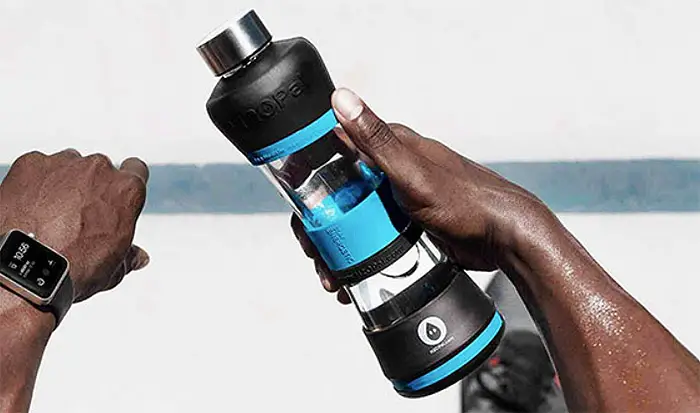
Imagine your water bottle notifying you when you need to hydrate—sounds like a great way to stay healthy. But Wi-Fi-connected water bottles usually have a short battery life, require app downloads, and are often unnecessary when simple reminders or traditional water bottles work just as well. While these bottles can provide some helpful hydration prompts, most people already have access to basic reminders through their phones. Plus, the constant need for charging and syncing can quickly become an inconvenience.
Another downside is that these bottles are often priced much higher than a regular reusable bottle, without offering any true benefits. The technology behind them can be buggy, leading to inaccurate notifications or sync issues. On top of that, the added tech components make these bottles bulkier and harder to clean. For a fraction of the price, you can get a high-quality bottle that serves its purpose without the extra fuss.
3. Smart Mirrors

Smart mirrors that can display the weather, calendar events, and even play music while you get ready are certainly futuristic. However, many of these mirrors are overpriced and lack the quality of a regular mirror. They also often require constant updates, and the app integration is clunky, leaving you with a product that might not be as “smart” as advertised. The voice-activated features are often unreliable and can lead to frustrating experiences when you need them most.
On top of all that, smart mirrors take up valuable bathroom space, and their installation can be costly. In most cases, the features provided by these mirrors are redundant since you can easily access weather forecasts or calendar updates on your phone. They also don’t deliver the high-definition reflection that you would expect from a mirror at such a high price. A traditional mirror still outperforms in terms of simplicity, quality, and ease of use.
4. Self-Stirring Mugs
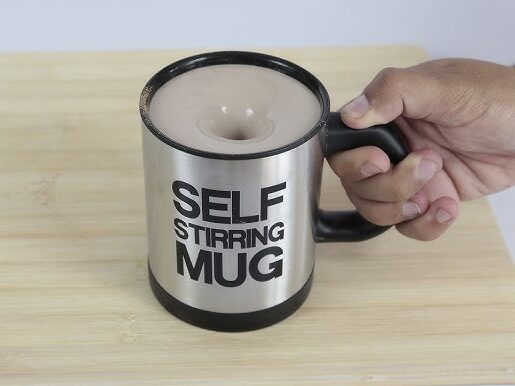
A mug that stirs your coffee for you may sound like a dream for busy mornings, but these mugs are generally impractical. They require batteries, don’t mix ingredients well, and are harder to clean than standard mugs. The stirring mechanism can sometimes be ineffective, leaving clumps of powder or creamer in your beverage. Not to mention, the motor inside the mug can break down quickly, leading to an even bigger hassle.
The design of these mugs is often bulky, and they can spill easily when moved. The idea of a self-stirring mug seems innovative, but the reality is that stirring a drink manually is faster and just as effective. These mugs also tend to cost much more than a regular mug, without offering a tangible improvement in your daily routine. For the price and the potential frustrations, a regular mug with a spoon is still the best choice.
5. Smart Toasters
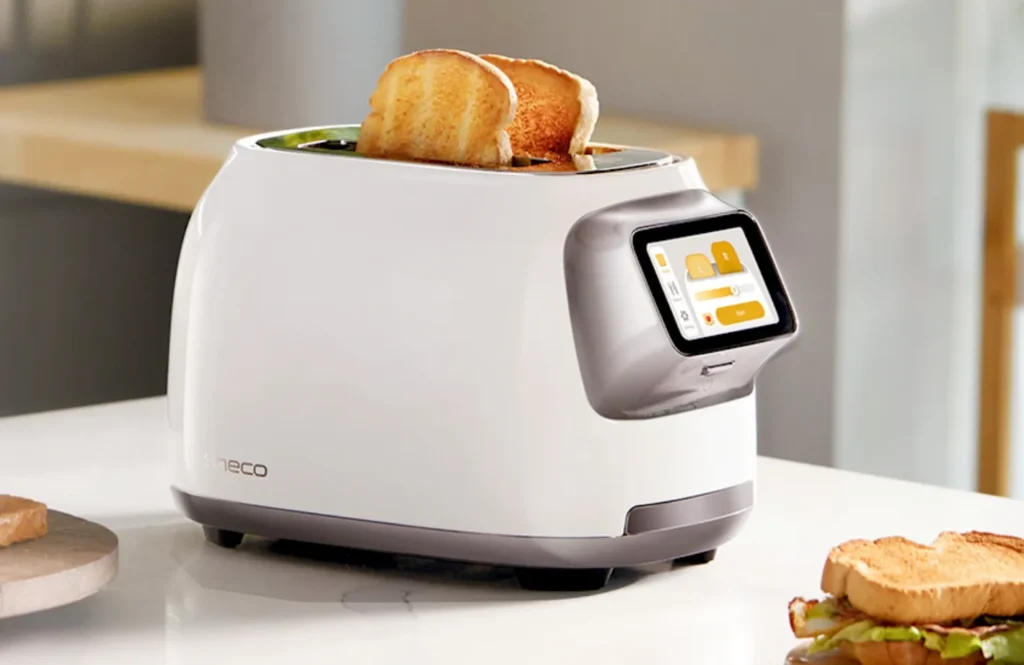
The promise of a toaster that perfectly browns your bread to your precise preference may sound exciting, but many smart toasters fail to deliver on this. The apps and settings are overly complicated, and the results are often underwhelming. These toasters tend to overcomplicate a task that’s been done efficiently by traditional toasters for years. Furthermore, the app interface can be glitchy, and it may require constant software updates to function properly.
Another issue is that smart toasters are typically slow, taking longer than their non-smart counterparts to deliver a simple toasted slice of bread. They are also often more expensive than regular toasters, with no real added benefits. While they sound cool on paper, they often end up being more trouble than they’re worth, requiring maintenance and troubleshooting. A regular toaster is just as effective and far more reliable when it comes to delivering the perfect toast.
6. Robot Lawn Mowers
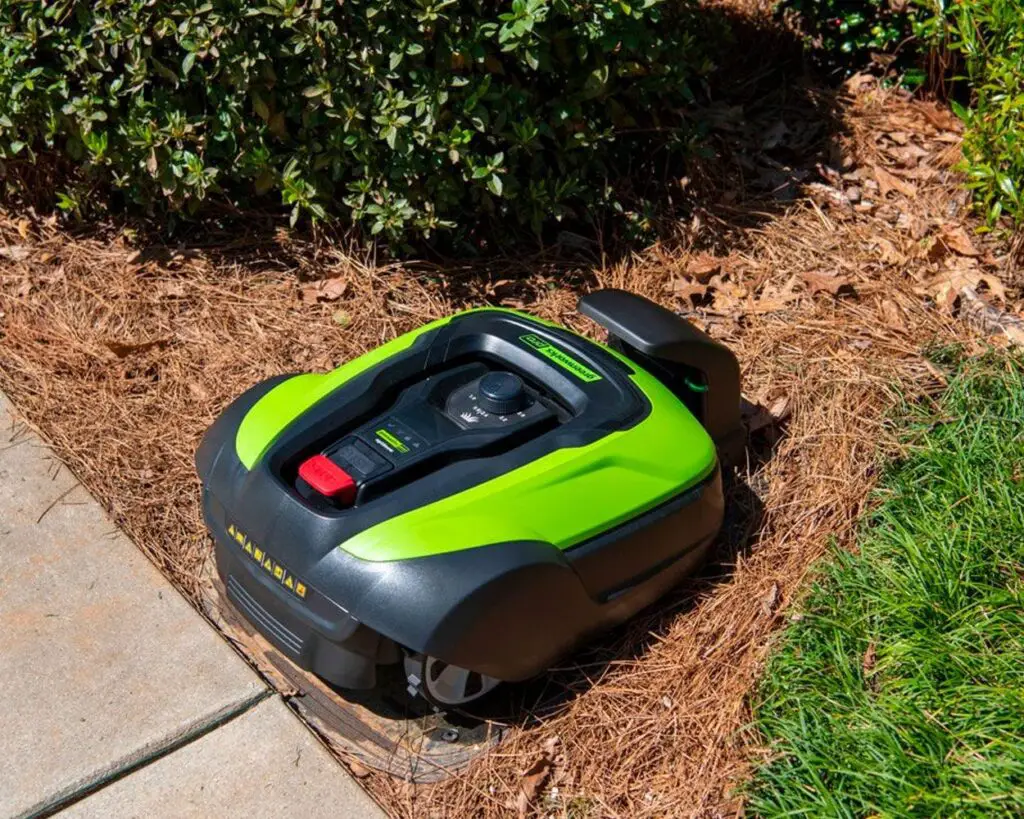
Robot lawn mowers that promise to keep your yard pristine without any effort are tempting, but in reality, they often struggle with uneven terrain, obstacles, and tight spaces. While they can handle small, flat lawns, they struggle with bumps, hills, and other obstacles that are common in most yards. These devices can also take a long time to mow your lawn, and their battery life often isn’t sufficient to complete larger areas in one go. Their limited range and performance make them less than ideal for most homeowners.
Moreover, the initial investment for a robot lawn mower is often quite high, and their maintenance costs can add up over time. They can get stuck on uneven ground or tangled in plants, requiring manual intervention to free them. A traditional push mower or ride-on mower provides much more control and is far less prone to malfunctions. For those who take pride in their lawn, sticking with a more hands-on approach might be the best option.
7. Smart Refrigerators
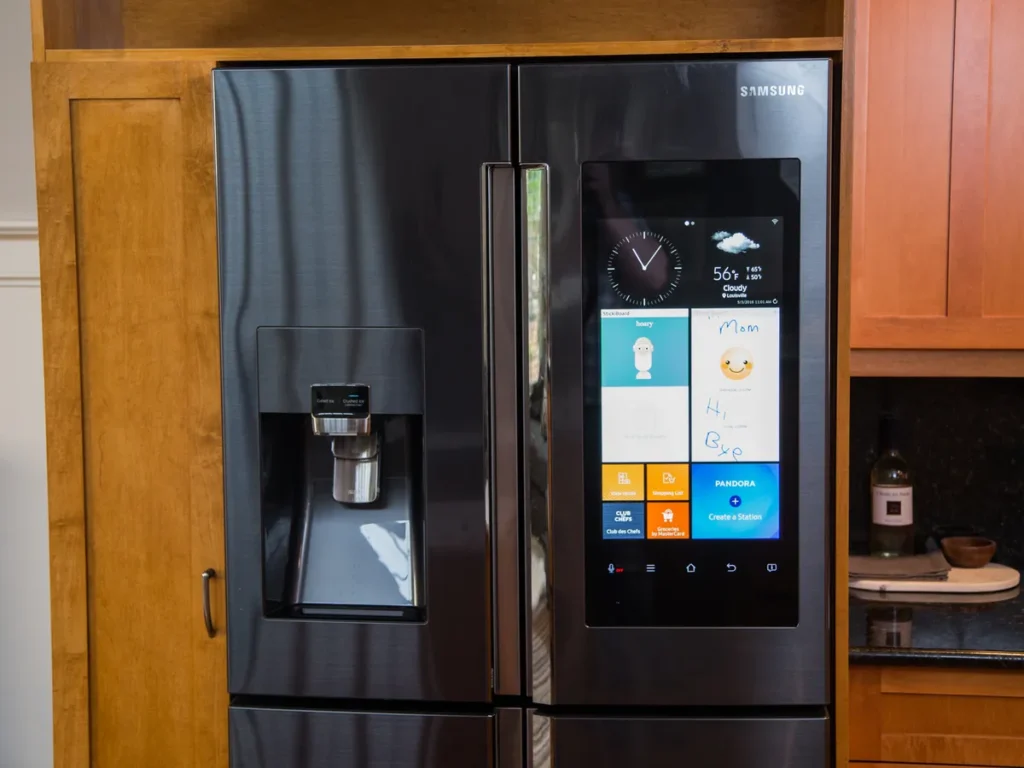
Smart fridges that allow you to check the contents from your phone and even order groceries for you might sound like the ultimate convenience. However, these fridges are notoriously expensive, often have problems with connectivity, and offer minimal advantages over a traditional refrigerator. The touchscreen interfaces can be slow or unresponsive, and it’s easy to find yourself struggling to navigate the menus. Additionally, while these fridges can track food, the system isn’t always accurate and requires constant updating.
These fridges are also prone to the same problems as many other smart devices—compatibility issues, software glitches, and limited use cases. The high cost of a smart fridge doesn’t justify the minimal benefits it offers over a regular fridge. The grocery ordering feature, while convenient, is not particularly efficient and doesn’t always save time or money. A traditional fridge serves the same purpose at a fraction of the price and with far fewer complications.
8. Wi-Fi-Enabled Slow Cookers
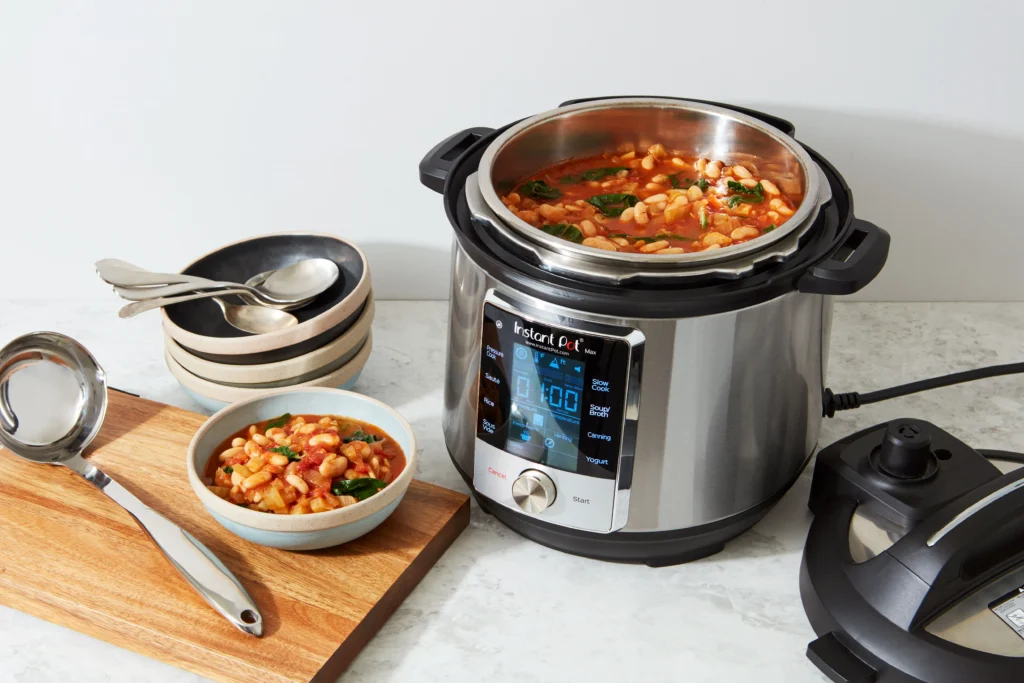
The idea of starting your dinner from anywhere via your smartphone seems appealing, but Wi-Fi-enabled slow cookers are often unreliable. Issues like connectivity interruptions, inconsistent cooking times, and limited features make them more frustrating than helpful. Many of these cookers don’t properly maintain their heat levels, causing uneven cooking or undercooked meals. Also, the app integration can be clunky and prone to errors, requiring multiple attempts to start the cooking process.
Additionally, Wi-Fi-enabled slow cookers are typically much more expensive than traditional ones. These added tech features might seem convenient, but they don’t actually improve the cooking process in any significant way. A regular slow cooker is simpler, cheaper, and more reliable, delivering the same results without the added complexity. If you really want to control your cooking remotely, a programmable slow cooker may provide the perfect balance without all the connectivity issues.
9. Smart Plugs
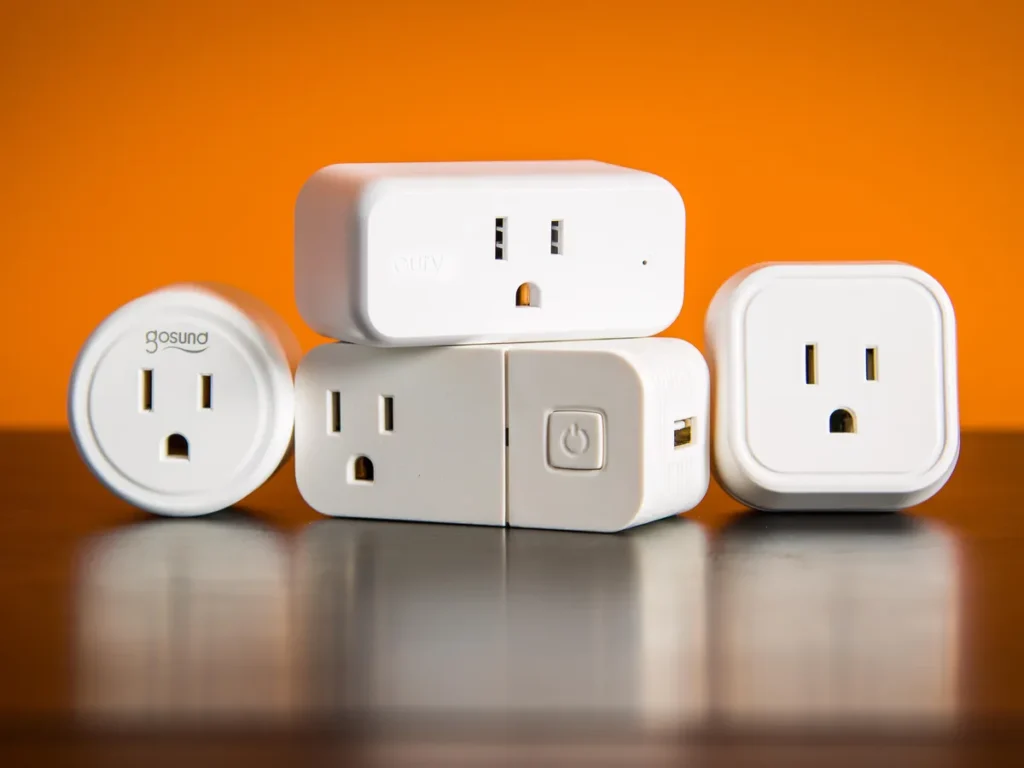
Smart plugs allow you to control your devices remotely, but they can be more trouble than they’re worth. From setting up Wi-Fi connections to issues with device compatibility, these plugs often end up being a simple way to make your home more complicated. Their reliance on apps can lead to frustrating user experiences, especially when the app crashes or the plug loses connection. The setup process can also be time-consuming, and the technology behind these plugs is often unreliable.
While smart plugs can help you manage power usage and automate devices, these benefits are usually minimal compared to the effort involved. Many times, these plugs don’t work well with older appliances or electronics. For simple automation, timers and manual switches work just as well without the extra tech overhead. The cost of smart plugs can also add up, making them a pricey option for something that doesn’t dramatically improve your daily routine.
10. Automatic Pet Feeders
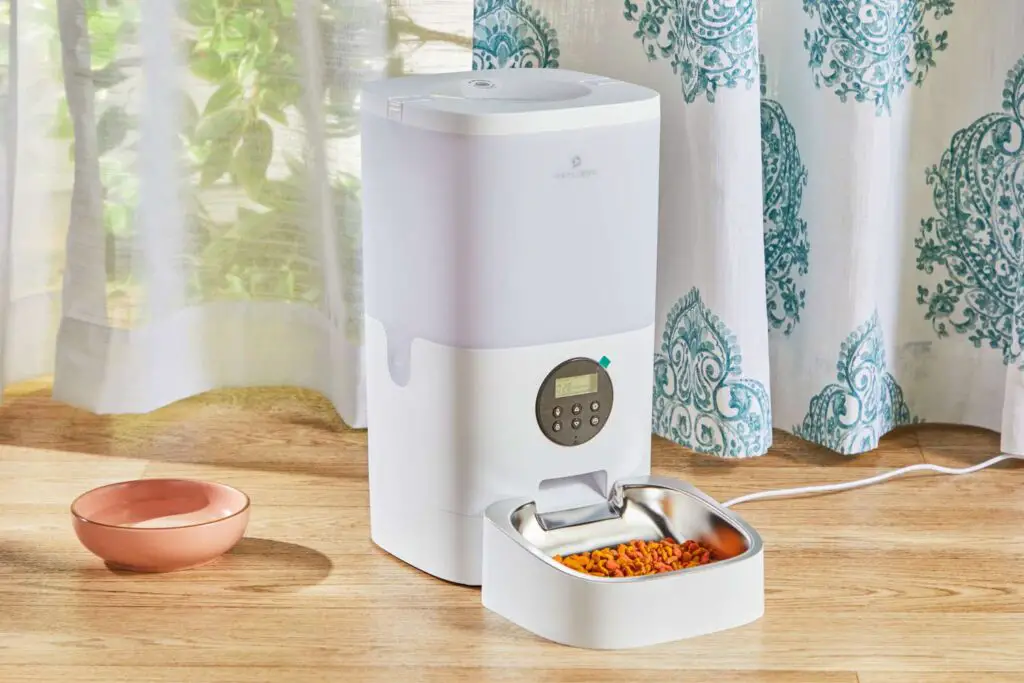
Pet feeders that dispense food on a schedule might seem like a dream for pet owners, but these devices can malfunction, dispense too much or too little food, and sometimes have issues with Wi-Fi connectivity. The feeding portions often aren’t adjustable enough to suit every pet’s specific needs, which can lead to overfeeding or underfeeding. Furthermore, the feeders can be difficult to clean and maintain, which can become a hassle over time. Some models also struggle with more complex feeding schedules, causing missed meals or inaccurate portion sizes.
Additionally, automatic pet feeders require regular maintenance and can become quite costly if they break down. Pets may also not trust the machine to feed them, especially if it malfunctions, leading to feeding issues. A traditional feeding routine with manual intervention is often more reliable, and a pet sitter can offer a more personalized touch. The benefits of automated feeding don’t outweigh the practicality of a regular feeding schedule for most pets.
11. Smart Light Bulbs

Smart light bulbs offer the ability to control lighting with your voice or smartphone, but the novelty can wear off quickly. They can be expensive, have connectivity issues, and can be complicated to set up. The app interfaces can be frustrating, especially when the lights don’t respond as expected or lose connection. The complexity of setting up schedules and customizations can end up taking more time than just flipping a switch.
Moreover, smart light bulbs are often far more expensive than regular bulbs, with the added tech offering limited extra functionality. Over time, you may find that the convenience of controlling lights via an app doesn’t significantly improve your daily life. Additionally, smart bulbs may need frequent software updates or troubleshooting, adding extra layers of inconvenience. A simple dimmer switch or regular light bulbs can provide all the lighting control you need without the extra tech fuss.
12. Voice-Controlled Toilets
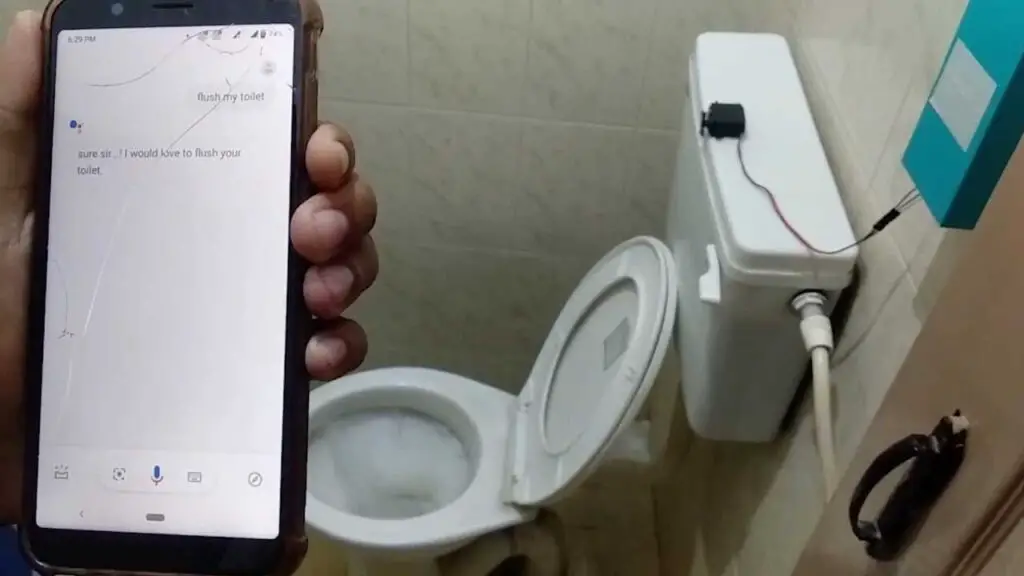
Voice-activated toilets that promise to flush automatically or adjust temperature settings based on commands seem futuristic, but they are often overly sensitive, difficult to set up, and prone to malfunction. The voice recognition often struggles to detect commands correctly, leading to missed activations or unwanted flushes. Installation can be complicated, requiring specialized plumbing and electrical work, and the voice-activated features can lead to embarrassing situations. Many users find that these toilets just don’t perform as smoothly as anticipated.
While they sound like a luxury, the voice-control features can be inconvenient and not particularly practical in a bathroom setting. They also come at a premium price, with little added value beyond the novelty. In reality, a traditional toilet with a manual flush and adjustable settings provides the same functionality without the risk of misfiring. Ultimately, a regular toilet is more reliable, functional, and cost-effective.
